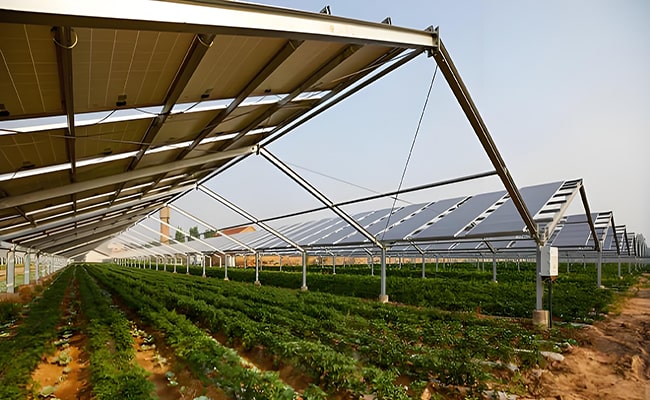Farming has shifted dramatically over the past few decades. Mechanization, precision agriculture, and increased production scales have transformed how storage is utilized. Beyond basic shelter, steel storage buildings today must support a range of functions—from housing bulk grain and hay to accommodating advanced machinery and even climate-sensitive products.
A well-constructed storage facility minimizes loss from pests, moisture, and weather fluctuations, while also allowing streamlined operations during peak seasons. As such, its construction should align with both current needs and long-term growth.

One of steel’s most valuable qualities is its inherent durability. Unlike timber, which may rot, warp, or fall prey to termites, steel remains stable over decades. It resists fire, rust (with proper treatment), mold, and harsh weather conditions. For farms located in regions prone to storms, snow loads, or high humidity, steel farm buildings offer an added layer of reliability and peace of mind.
While the initial investment in steel may appear marginally higher than that of wood, this is offset by the significantly reduced costs of maintenance and repair. Steel does not crack, swell, or splinter, and it requires no periodic painting or pest control. In the long run, steel storage buildings typically outperform traditional structures in terms of both cost-efficiency and operational lifespan.
Time is often of the essence in agriculture. The modular and prefabricated nature of steel components means that entire structures can be assembled in a fraction of the time needed for conventional builds. A typical farm storage building can be operational within weeks, not months—critical during harvest or expansion phases.
Steel buildings provide exceptional versatility in both layout and function. Whether an open-span shed, enclosed warehouse, or partitioned space for different farm operations, these buildings can be engineered to exact requirements. Importantly, steel structures can be expanded easily in the future, allowing farmers to adapt to growth without redesigning from scratch.
As sustainability gains prominence in agriculture, steel offers clear ecological benefits. Most structural steel contains recycled content and can itself be recycled entirely. Its longevity also reduces the need for replacement materials over time, making it a responsible choice in reducing the environmental footprint of farming infrastructure.
Steel farm buildings have proven adaptable across a wide range of storage and operational requirements, including:
Grain and commodity storage: Protects produce from moisture, UV exposure, and rodents.
Machinery sheds: Houses equipment such as harvesters, plows, and irrigation units.
Feed and hay barns: Maintains optimal dryness and ventilation to avoid spoilage.
Workshops and repair bays: Provides covered space for equipment maintenance and fabrication.
Livestock shelters: Offers stable, weather-resistant environments for animal housing.
Each of these applications benefits from the unobstructed interior space and structural clarity that steel frames provide.
When planning a steel farm building, several key factors influence functionality and performance:
Span and Height Requirements: Determine based on equipment size and volume of goods stored.
Ventilation and Insulation: Particularly vital for climate-sensitive products or livestock comfort.
Access Points: Large machinery requires wide roll-up or sliding doors; personnel entries should be well-positioned.
Foundations and Flooring: Depending on use, options may range from compacted gravel to poured concrete slabs.
Water Management: Gutters, downspouts, and proper site grading are essential to prevent drainage issues.
Partnering with an experienced steel structure supplier ensures these elements are properly accounted for in both the design and engineering phases.

The choice to construct a steel storage facility is ultimately an investment in the future of a farming operation. Its benefits are not only structural but economic—minimizing downtime, protecting assets, and increasing operational capacity. The adaptability of steel farm buildings also ensures relevance over decades, accommodating shifting crops, technologies, or livestock programs with minimal modifications.
In an increasingly competitive agricultural landscape, infrastructure that is robust, scalable, and cost-conscious can be the difference between efficiency and inefficiency.
A: Depending on size and site readiness, most steel farm structures can be erected within 2 to 5 weeks, far quicker than traditional buildings.
A: Yes. With proper insulation and ventilation, steel buildings provide excellent protection against moisture and pests, making them suitable for storing sensitive agricultural commodities.
A: Absolutely. Steel buildings are designed for modular expansion, allowing additional bays or sections to be added with minimal disruption.
A: Steel buildings can be engineered for local snow and wind loads. When combined with insulation systems, they perform well in cold environments.
A: While the upfront cost may be slightly higher, steel buildings offer better long-term value through reduced maintenance, longer service life, and lower insurance premiums.